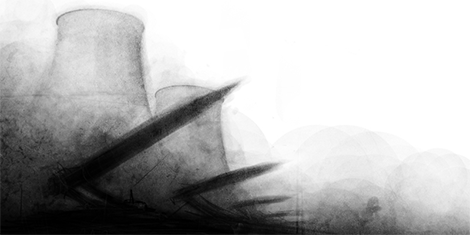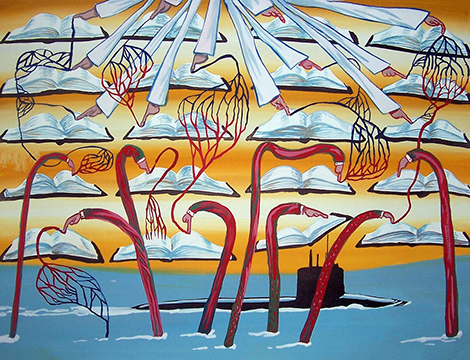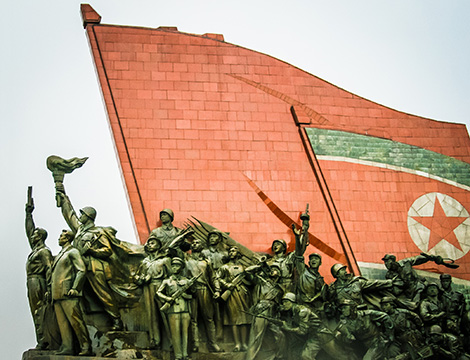
Disclaimer: The views expressed in this article are exclusively the author’s and do not necessarily represent the position of the Center for Security Studies or of any other institution.
In the conflict over its nuclear program, Iran was subjected to one of the toughest and most sophisticated sanctions regimes ever seen. Yet sanctions alone did not give rise to the Joint Comprehensive Plan of Action (JCPOA). The nuclear agreement resulted from an intricate interplay between sanctions and conflict context. This successful resolution of the nuclear issue can be attributed to two factors. First, masterful diplomacy on both sides isolated the issue of the nuclear program from the wider conflict between the Islamic Republic and the West and circumnavigated some of its intractable trials and tribulations. Second, the agreement was reached in the face of the constant machinations of hardliners on both sides, whose precise objective it was to link the nuclear issue to the wider struggle between the Islamic Republic and the West.




